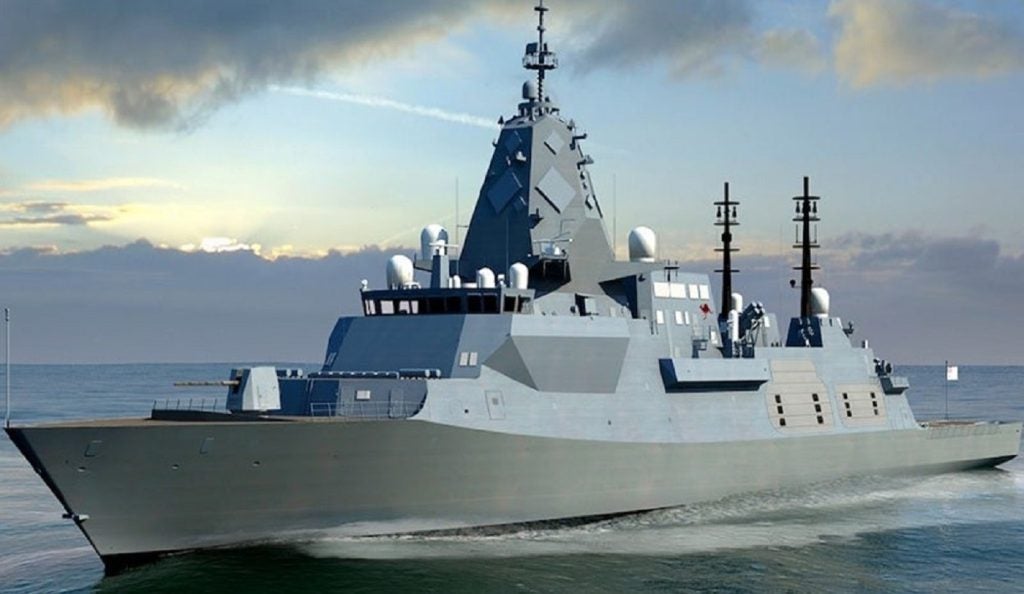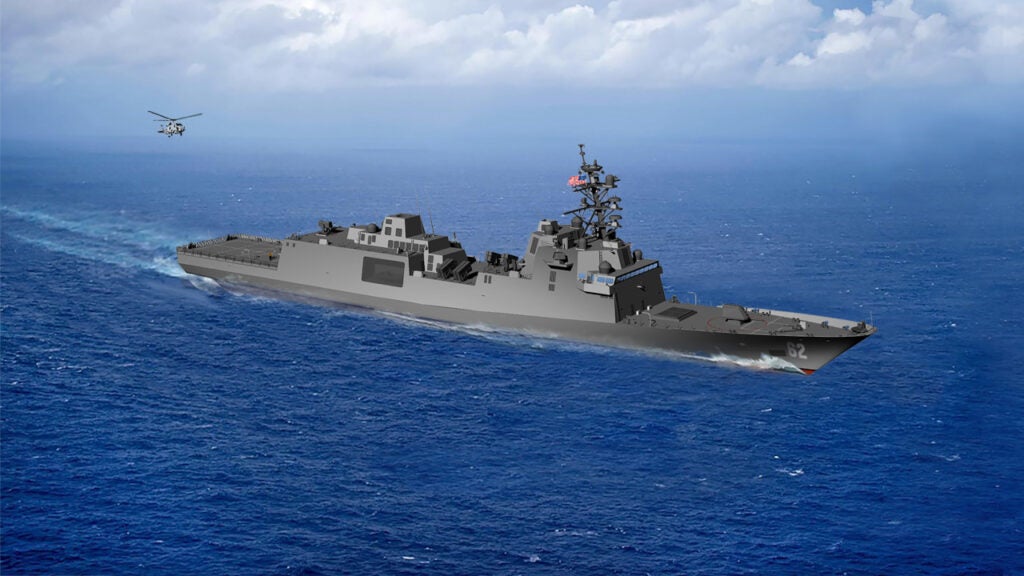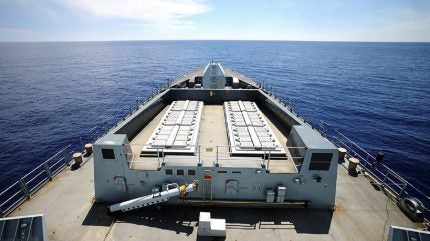
The UK Royal Navy is seeking information regarding a new Long Range Anti-Submarine Warfare (LRAW) weapon concept for its surface combatants.
In a request for information (RFI) extended to industry on 13 June 2024, the service stipulated that such a weapon must be capable of launching from a Mark 41 (Mk41) vertical launch system (VLS).
According to the Mk41 supplier and US defence prime Lockheed Martin, the Mk41 is the only launching system that can simultaneously communicate with weapon control systems and missiles of every warfighting mission area: anti-aircraft, anti-surface, anti-submarine, ballistic missile defence and land attack. The system can accept any missile into any cell.
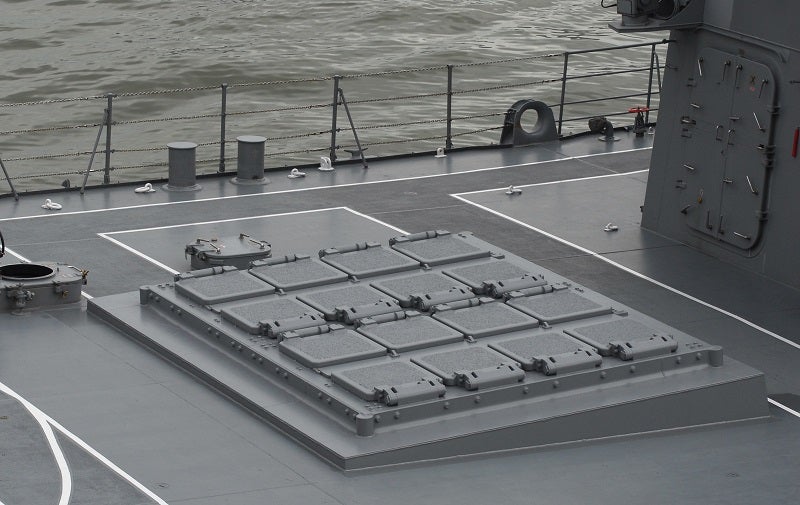
The LRAW effector solution will be a “missile/rocket delivered system.” Although, the Navy added that it will examine uncrewed systems as potential future anti-submarine warfare enablers.
LRAW will provide an extended range for lightweight torpedo or very light weight torpedoes against submarine contacts identified by organic or third-party sensor detection. Engagement ranges are to comfortably overmatch those of current and forecast threat heavy weight torpedoes.
In line with the Ministry of Defence’s new Integrated Procurement Model – through which the government will buy off-the-shelf, ensuring the exportability of new systems – the Navy has determined a total stockpile requirement of 500 missiles as a costing assumption.
How well do you really know your competitors?
Access the most comprehensive Company Profiles on the market, powered by GlobalData. Save hours of research. Gain competitive edge.

Thank you!
Your download email will arrive shortly
Not ready to buy yet? Download a free sample
We are confident about the unique quality of our Company Profiles. However, we want you to make the most beneficial decision for your business, so we offer a free sample that you can download by submitting the below form
By GlobalDataThis early industry engagement comes off the back of another RFI released a few days earlier to explore capabilities for a new Surface Ship Torpedo Defence unit that will replace the existing Sea Sentor system.
Fitting the Mk41 VLS to Type 26 and 31 Navy ships
Currently the Royal Navy do not operate any Mk41 launcher systems on any of their warships.
Its Type-45 Daring-class destroyers use the Sylver VLS for its Sea Viper missiles, which it recently deployed against Iranian-backed Houthi strikes in the Red Sea under the auspices of Operation Prosperity Garden, an international task force committed to protecting maritime trade from the Yemeni militants.
The Type-23 frigate fleet employ VLS Seawolf, GWS 26 Mod 1, designed to accommodate eight Harpoon surface-to-surface missiles in two four-cell launchers.
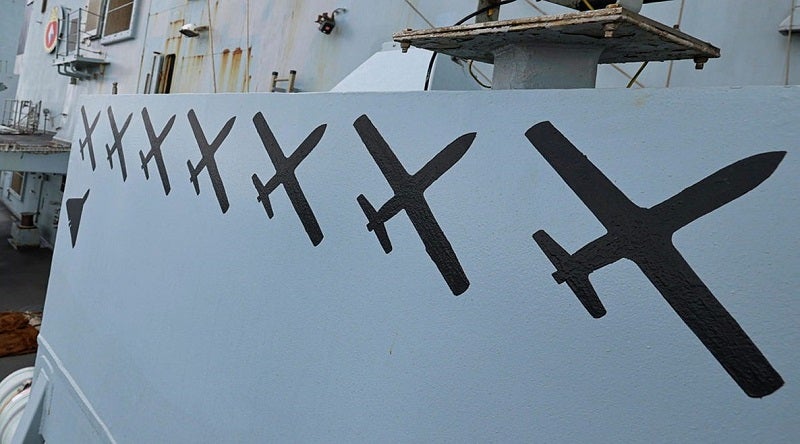
However, the service is thinking ahead with the new LRAW concept as they aim to integrate Mk41 onto its future Type 26 and Type 31 frigates expected to enter service between 2025-2028.
In February 2024, it was announced that Mk41 would be fitted to Type 31s in the form of capability insertion periods carried out after the units are delivered to the Royal Navy. This decision will ensure that the ongoing construction the vessels will not be disrupted allowing their timely induction into the fleet.




